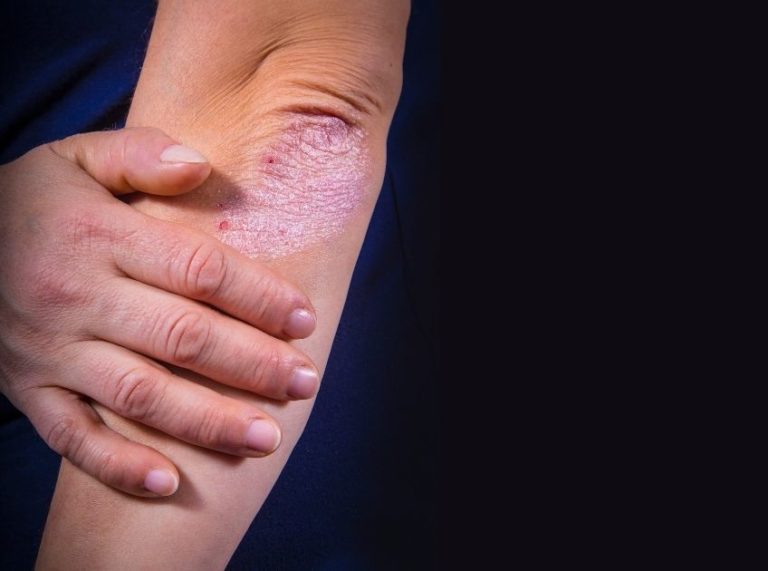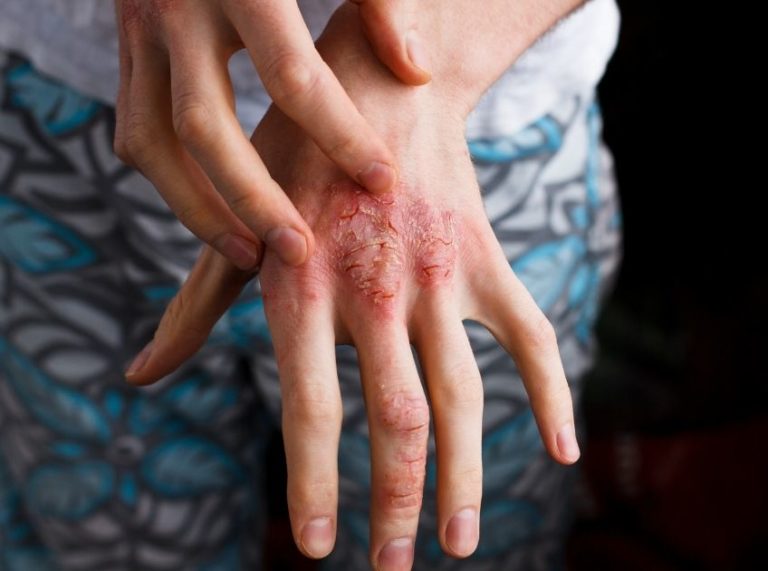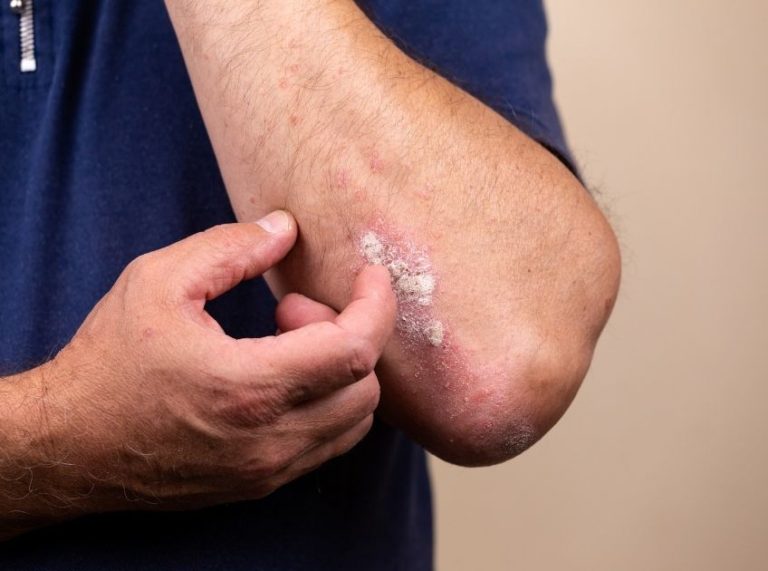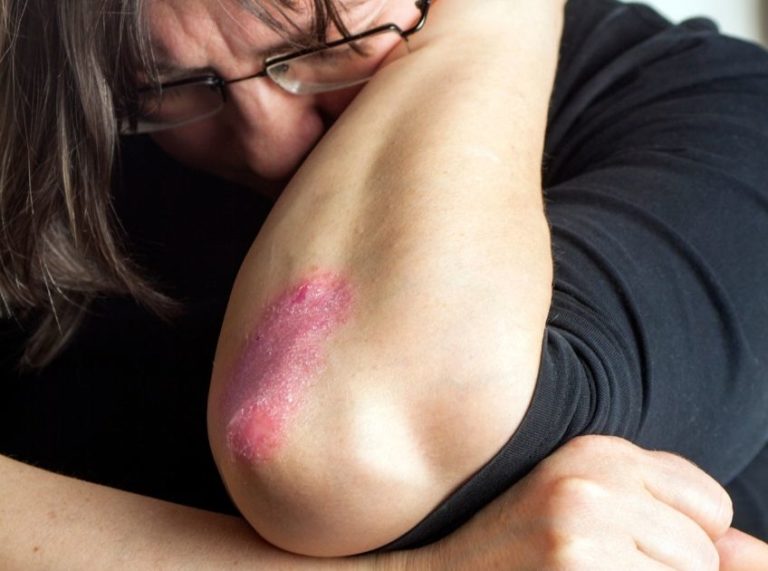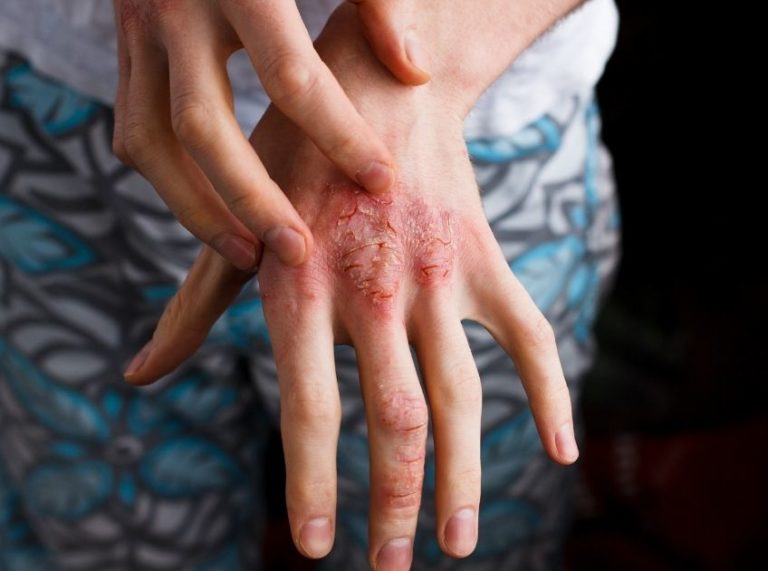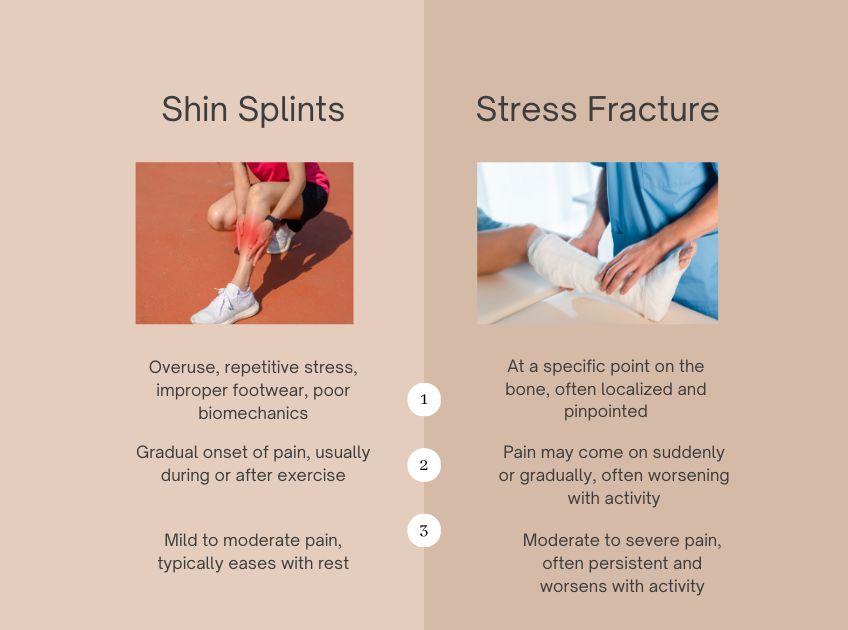
Important: This article is for informational purposes only. Please read our full disclaimer for more details.
There is a slight difference between shin splints and stress fractures, but the level of discomfort is mostly the same. It is the reason why differentiating between the two becomes a little tricky in the initial stage.
When shin splints are discovered at an early stage, the occurrence of stress fractures can be avoided. Therefore, having detailed information about them and learning Shin Splints vs. Stress Fracture is important.
From their reasons of occurrence and causes to the healing and recovery time, everything is different. However, some symptoms overlap, causing people to be confused.
Let’s get into their detail and find the major differences between shin splints and stress fractures.
What is Shin Splints?
Also called medial tibial stress syndrome, shin splints are observed in the lower leg. It affects the shin bone and the tissues around it that feel sore and tender to touch and pressure.
People with shin splints may experience pain while running, especially at high speed. Initially, there will be no pain and discomfort, but continuing the run will cause extreme pain.
Here, it is interesting to note that people with shin splints do not experience such pain while walking or doing any other physical activity. However, they may feel their muscles paining at night and getting tight in the morning. Usually, this condition arises when shin splints are not addressed on time.
What is Stress Fracture?
Stress fracture is the term for a microscopic crack in the bone. In the initial stage, the crack causes slight discomfort; however, it gradually intensifies over time.
The common site of stress fracture is the shin bone, which is more susceptible to injuries, especially while running or under stress during any physical activity. The person experiences pain and tenderness in the area that keeps increasing with activities that involve stress in the shin bone.
While in shin splints, the pain and discomfort get less while resting; they keep increasing in stress fractures.
Some overlapping symptoms that confuse people between shin splints and stress fractures include the following-
- Pain in the lower leg
- Tender and sore tissues around the shin bone
- Swelling
- Extreme pain during physical activities
What Causes Shin Splints And Stress Fractures?
Shin Splints
Small tears and inflammation may occur due to repetitive stress around shin bones and surrounding muscles. When it is not addressed, the bone becomes weak, causing more damage.
The common reasons behind shin splints are-
- Running at high speed, especially on hard surfaces
- Not wearing the right footwear while running
- Imbalance and weakness of muscles
- Flat feet
Here, it is important to note that an unaddressed case of shin splints may lead to aggregated stress on the shin bone, leading to a stress fracture.
Stress Fracture
Besides untreated cases of shin splints, below are the reasons behind stress fractures-
- Overexertion on the legs
- Changes in physical activities
- Not getting enough recovery time between physical activities
- Running too fast
- Participating in high-impact sports
Difference Between Shin Splints And Stress Fracture
Below is the table differentiating shin splints and stress fractures on different aspects-
| Feature | Shin Splints | Stress Fracture |
| Definition | Pain along the inner edge of the shin bone (tibia) due to inflammation of muscles, tendons, and bone tissue | A small crack or severe bruising within a bone, often caused by repetitive stress or overuse |
| Location of Pain | Along the inner edge of the shin bone (tibia) | At a specific point on the bone, often localized and pinpointed |
| Cause | Overuse, repetitive stress, improper footwear, poor biomechanics | Repetitive stress, sudden increase in intensity or duration of activity, inadequate rest |
| Onset | Gradual onset of pain, usually during or after exercise | Pain may come on suddenly or gradually, often worsening with activity |
| Severity | Mild to moderate pain, typically eases with rest | Moderate to severe pain, often persistent and worsens with activity |
| Symptoms | Tenderness, soreness, dull ache along the shinbone, may worsen during or after exercise | Pain that increases with activity, swelling, localized tenderness, possible bruising |
| Diagnosis | Clinical examination, history of symptoms, ruling out stress fracture through imaging (X-ray, MRI) | Imaging tests (X-ray, MRI, bone scan), clinical examination, history of symptoms |
| Treatment | Rest, ice, compression, elevation (RICE), stretching, strengthening exercises, proper footwear, gradual return to activity | Rest, immobilization (using a cast or walking boot), sometimes surgery, followed by rehabilitation |
| Recovery Time | Usually resolves with rest and conservative measures within a few weeks to months | May take several weeks to months, depending on the severity, may require longer rest and rehabilitation |
| Complications | Rarely leads to complications if managed properly | Delayed healing, nonunion (failure of the bone to heal), chronic pain, recurrence of injury |
| Risk Factors | Overtraining, flat feet, inadequate footwear, sudden increase in activity level | Female athletes (due to female athlete triad), low bone density (osteoporosis), nutritional deficiencies, poor biomechanics |
How To Diagnose Shin Splints And Stress Fractures?
A physical examination by a healthcare professional can help diagnose different conditions because the signs and symptoms of both are almost the same.
The doctor may require imaging tests to confirm if the problem is due to shin splints or stress fractures. These tests may include-
- X-rays
- Magnetic resonance imaging (MRI)
- Bone scans
Treatment Options For Shin Splints And Stress Fracture
The foremost treatment for both conditions is taking rest and a break from physical activities, especially those causing extreme stress on the legs.
Shin Splints
- Use ice packs over the inflamed areas
- Compression and elevation can also help
- Anti-inflammatory medications to manage pain
Stress Fracture
- Ice, compression, and elevation
- Use crutches and walking boots while walking
- Anti-inflammatory medications help manage pain
Doctors may also prescribe supplements that increase bone density and strength, such as Vitamin D, calcium, and protein.
When the case of shin splints is diagnosed on time, and proper rest and treatment are taken, the chances of a stress fracture can be reduced. It takes a long time for stress fractures to heal and recover; therefore, prevention is the best way to combat it.
Since most of the causes and symptoms of both are the same, knowledge of shin splints vs stress fractures can help know what has happened. It ensures that the right treatment can be taken on time.
Related Articles
- Broken Ankle Vs. Sprained Ankle: What’s the Difference?
- Bump on the Side Foot – Common Causes & Treatment Options
- How to Remove Tan from Skin Using Lemon Juice?
- How To Get Rid of Open Pores Naturally at Home?
- Does Apple Cider Vinegar Do to Skin Tags? How To Use It



